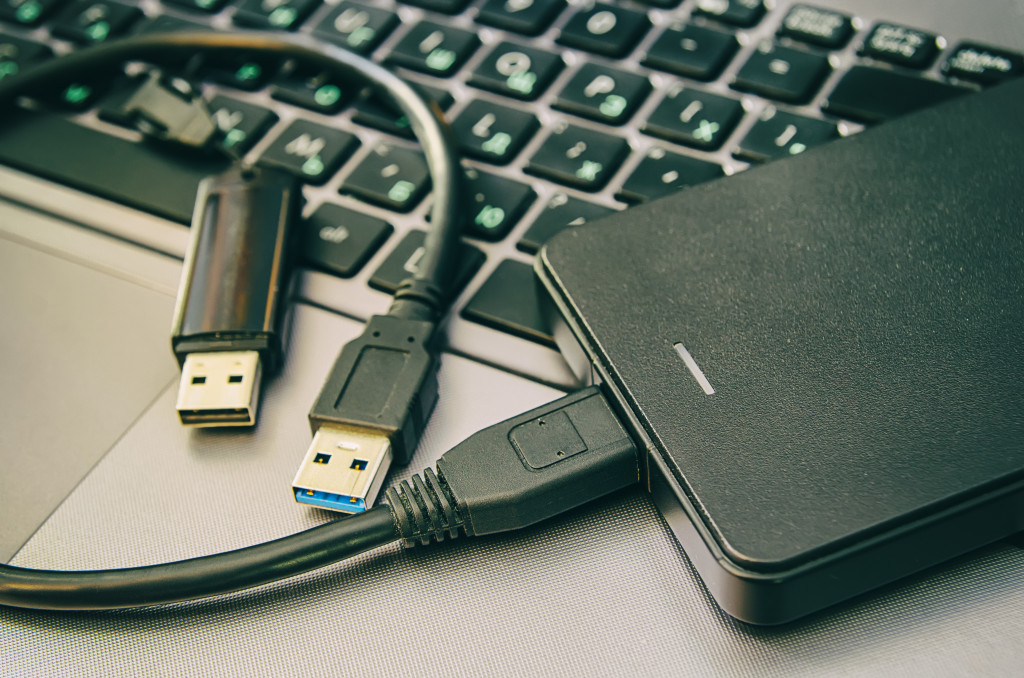The following is an excerpt from GovLoop’s latest Research Brief, The Changing Perception & Adoption of Flash in the Public Sector. You can download the full brief here.
As revealed earlier in a GovLoop survey, one of the largest reasons that government is not yet adopting flash storage at a faster rate is that folks are unsure of its benefits. Here are four of the key benefits the government could expect to see resulting in deployment of a flash storage solution:
Performance
Unlike hard disk drives, flash has no moving parts, so there are no performance hits due to seek time or rotational latency in the hardware. Flash storage performs read and write operations in microseconds and provides tens of thousands to millions of IOPS.
Reliability
As mentioned above, flash storage has no moving parts. This design factor alone greatly improves reliability and results in a mean time between failures (MTBF) of approximately 2 million hours, compared with approximately 1.2 million hours for HDDs.
Efficiency
Flash is a flexible technology that is fabricated in a number of different form factors, such as PCI-e flash cards and SSDs. It can be deployed as a memory tier in the server, network, storage controller or storage array. With this flexibility, and higher performance, applications run faster and your users are more productive.
Budget
Flash offers a dedicated high-performance capability without consuming too much rack-unit space, so agencies save on all the additional capital expenditures that go with that, including power usage and cooling requirements. Additionally, organizations can get 100 times or even 1,000 times the performance of traditional spinning disks for the same or less cost per gigabyte.
